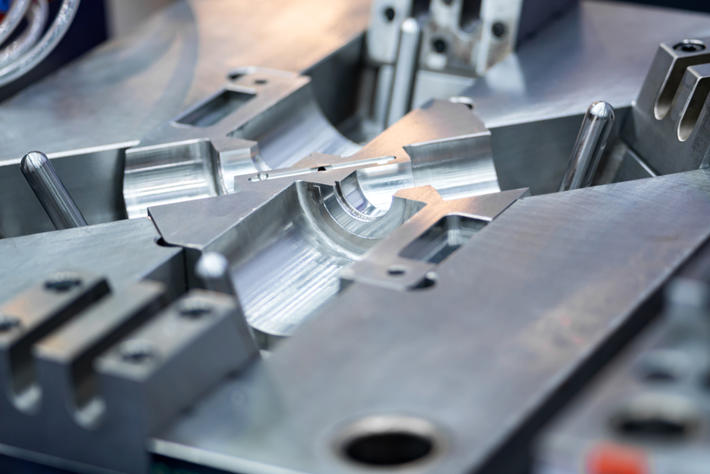Introduction:
Innovation has become the cornerstone of success in today\’s fast-paced and competitive business world. Companies are constantly striving to create new products and services that cater to the ever-changing needs and demands of consumers. However, developing innovative ideas and turning them into successful products is not an easy task. It requires a well-defined process that encompasses various stages, one of which is prototyping. In this article, we will explore the importance of prototyping in the innovation and development process.
What is Prototyping?
Prototyping can be defined as the process of creating a scaled-down version, or a working model, of an idea or concept. It allows designers, engineers, and innovators to test and refine their ideas before investing significant time and resources into full-scale production. Prototypes can take various forms, ranging from 3D-printed models to digital simulations, depending on the nature of the product or service being developed.
The Importance of Prototyping:
1. Refining Ideas:
Prototyping provides an opportunity to refine and validate ideas early in the development process. By creating a physical or digital representation of the concept, designers can better understand its strengths and weaknesses. It enables them to identify any design flaws or potential improvements that may not have been apparent during the conceptual stage. This iterative process of refinement is crucial to ensure that the final product meets the intended objectives and user requirements.
2. Gathering Feedback:
Prototypes serve as a valuable tool for gathering feedback from stakeholders and potential users. By involving them in the prototyping stage, innovators can gain valuable insights into the usability, functionality, and desirability of the product or service. This feedback can be used to make informed decisions about design modifications or feature additions, ultimately leading to a better end product. Additionally, involving stakeholders early in the process increases their sense of ownership and investment in the final outcome.
3. Saving Time and Resources:
Prototyping helps save time and resources by identifying and rectifying design flaws early in the development process. By catching and addressing issues during the prototype stage, companies can avoid costly mistakes and rework during the later stages of production. This leads to more efficient use of resources and shorter time-to-market for the final product, giving companies a competitive advantage in the marketplace.
4. Mitigating Risks:
Prototyping allows companies to assess the feasibility and viability of their ideas, reducing the risks associated with launching new products or services. By testing the concept in a controlled environment, innovators can identify potential technical, functional, or market-related challenges and address them proactively. This risk mitigation approach minimizes the likelihood of failure and increases the chances of success in the market.

Conclusion:
Prototyping is a crucial process in the innovation and development journey. It enables designers and innovators to refine ideas, gather feedback, save time and resources, and mitigate risks. By investing in prototyping, companies can increase their chances of creating successful and marketable products or services. As the business landscape continues to evolve, prototyping will remain an essential tool for companies seeking to stay ahead of the curve and deliver innovative solutions to consumers.
-

- عالية الدقة مغنيسيوم thixomolding مكونات غطاء الكمبيوتر المحمول أ
-

- Magnesium alloy rigid fork for bicycle -customized die casting metal parts
-

- أجزاء مسبك سبائك المغنيسيوم عجلة دراجة مع التصنيع باستخدام الحاسب الآلي وتشطيب السطح
-

- OEM die casting components for automotive Seat frame
-

- أجزاء متشكلة حسب الطلب مصنوعة من مكونات الطائرات بدون طيار مع التصنيع باستخدام الحاسب الآلي ومعالجة السطح
-

- Die cast magnesium parts laptop housing cover D

 0086-750-5616188
0086-750-5616188 +86 13392089688
+86 13392089688 sales@zhongmei-tech.com
sales@zhongmei-tech.com







